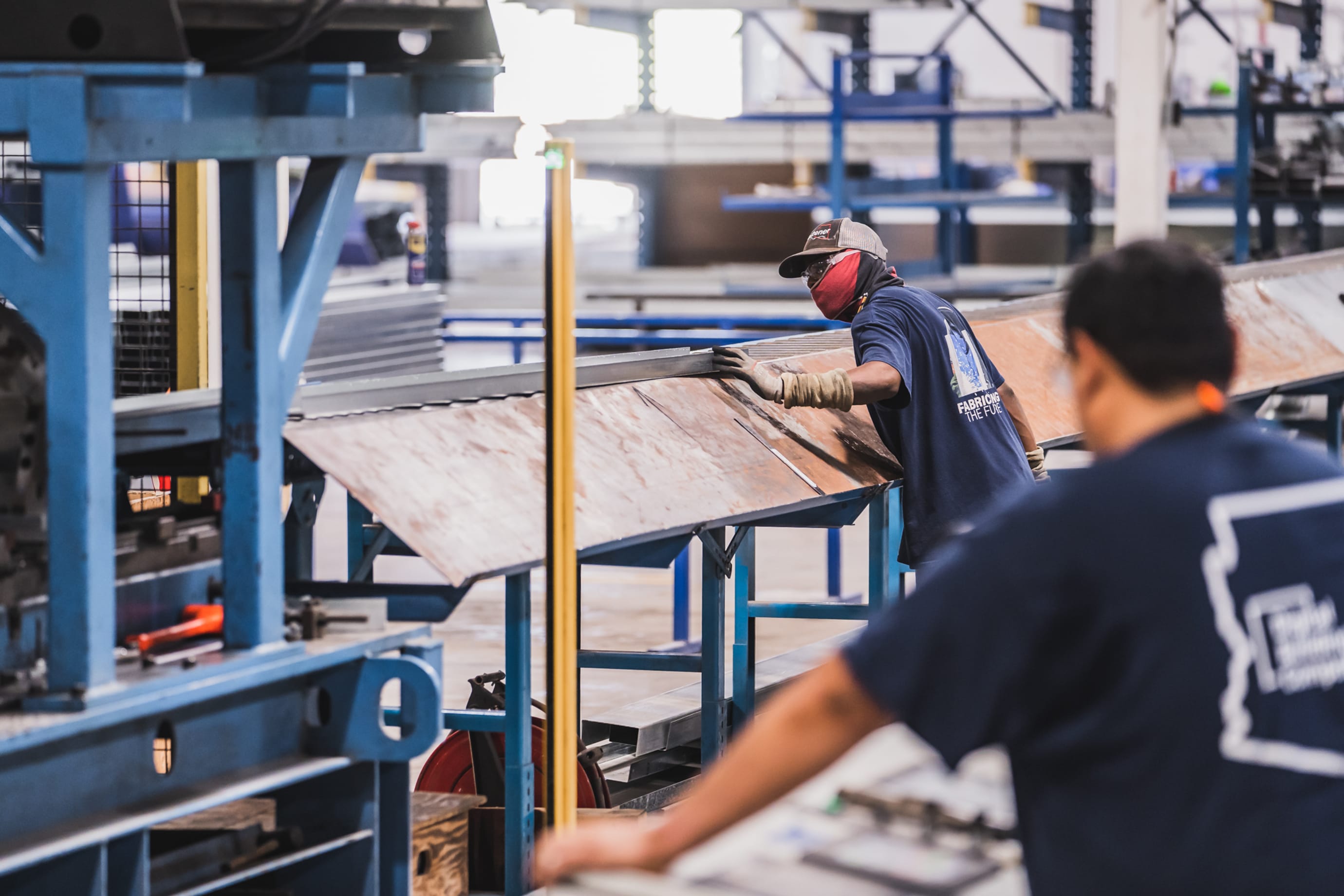It’s no secret that one of the biggest hindrances to a lean construction operation and improved productivity is rework. It alone can add hours of logistical coordination and skilled labor for onsite adjustments. Interestingly, this all-too common breakdown starts at the design and fabrication level. Traditional human interpretation of details, measuring and cutting leads to more than 95% of the rework in construction.
Digital Building helps remove these complexities and design induced errors through its multi-trade digital fabrication. With automated machines building each product directly from the model, components are digitally precise. There’s no resorting to a template or grid and cutting retail-sized materials. This helps eliminate the potential for human error from the project’s onset.
Not only do our computer-controlled machines handle all measuring and cutting task, they also automatically adjust along the way to correct and eliminate potential mistakes, helping ensure the components perform and fit as expected onsite. With the use of technology, our manufacturing process results in increasingly distinctive designs and consistency across all components. Better yet, it enables an efficient workflow through concurrent construction.






